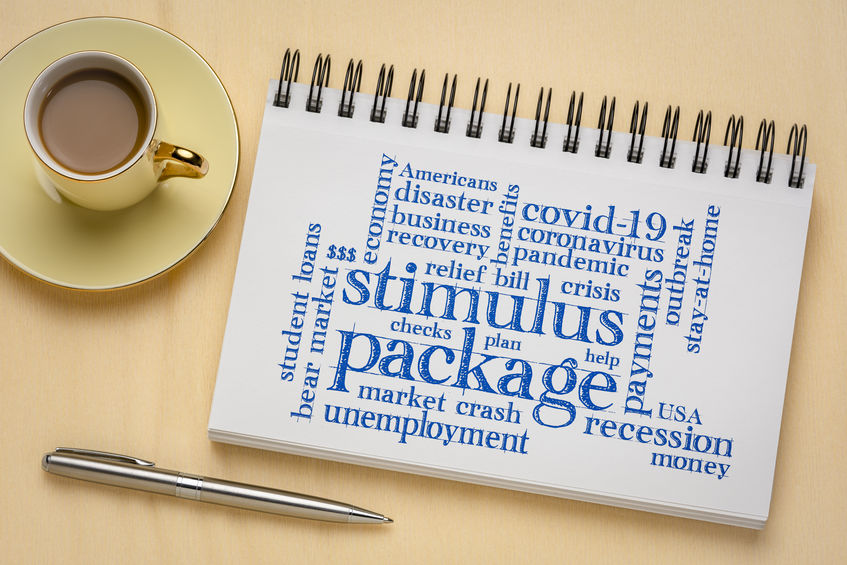On December 27, 2020, President Trump signed into law the Consolidated Appropriations Act (the “Act”), a $900 billion dollar package which extends and revamps the Payment Protection Program (“PPP”).
I never applied for a PPP loan, can I submit a new application ?
Yes, The Act allows eligible applicants who had never applied for a PPP loan to submit a new application.
I received a PPP loan during the first round, can I apply for another one?
Yes, The Act allows small businesses who have received a PPP loan to apply for a second loan called the “PPP Second Draw.” Small businesses that apply for a second loan have to meet stricter eligibility requirements such as having: fewer than 300 employees and a reduction of a minimum 25% in gross receipts during a quarter in 2020 compared to the same quarter in 2019. Further, the loan will be subject to a cap of $2 million dollars.
The Act also specifies certain businesses that are considered ineligible for a Second Draw. These include: (1) business involved in political or lobbying activities; (2) businesses owned 20% or more indirectly or directly created organized by an entity under the People’s Republic of China; and (3) businesses that have a resident of the People’s Republic of China as a board member.
What are some of the new changes to the PPP loans?
Expansion of eligible expenses: The Act expands how small businesses can use the PPP loans. For example, small businesses can now use PPP loans for business software that facilitate business operations, product/service delivery, the processing, payment, or tracking of payroll expenses, human resources, sales and billing functions, accounting, or tracking of supplies, inventory, records, and expenses. In addition, PPP funds may now be used to pay for costs related to: (1) Property damage/vandalism or looting due to public disturbances that occurred during 2020 which were not covered by insurance; (2) expenditures made to suppliers for certain goods in connection with a borrower’s business; and (3) expenses incurred in connection with complying with COVID-19 health and safety guidelines, which includes sanitation standards, social distancing requirements, and other worker or customer safety measures.
Covered Period: The Act allows borrowers to choose the length of the covered period. As such, they can choose during what time they must use the proceeds of the PP loan. This can be anywhere between 8-24 weeks after loan disbursement.
Forgiveness Process: Borrowers who receive loans of $150,000 or less can apply for loan forgiveness using a one page application.
EIDL Loan deduction: The act repeals the requirement that borrowers must deduct the proceeds of their EIDL loan from their loan forgiveness amount
Increase in PPP Loan amounts: Borrowers who received a PPP loan during the first round, but would be eligible for a greater amount under the new rules in the Act, can reapply to receive the difference.
No enforcement action against lenders: If the lender acted in good faith reliance on documentation submitted by a PPP applicant and all other laws, the lender will not be subject to any penalties that are related to loan origination or forgiveness.
Tax considerations of PPP loans: The Act provides that a taxpayer’s gross income shall not include the amount of PPP loan that is forgiven. In ordinary circumstances, the cancellation of a debt would be considered income to the taxpayer.
The Act has also altered the previous provision and states that tax deductions will be allowed for otherwise deductible expenses paid with PPP loan proceeds that are ultimately forgiven; and further, that the tax basis of assets purchased with such loan proceeds will not be reduced upon forgiveness of the loan.
*This information is current as of December 27, 2020.








